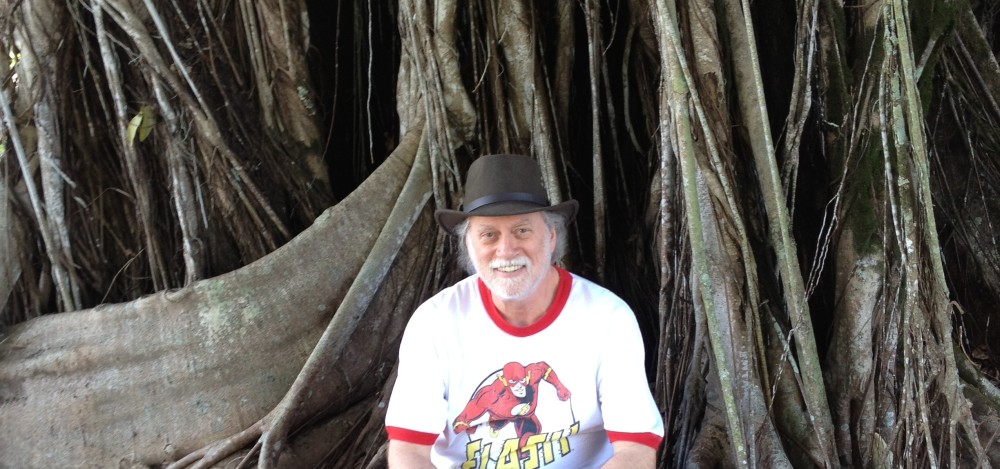One of my stations recently decided that since social media is now God, they want the air staff to solicit and answer texts while they’re on the air. Even more than that, they want the jocks to start “conversations” with the texters and ask them questions that lead to answers they can use on the air for so-called Content. (Because we all know that someone reading a text or tweet or Facebook posting is just SO entertaining…like watching toast burn.)
I’m all for social media, but this strikes me as somewhat insane. Here’s why:
1. In the first place, most people listen to the radio when they’re driving. Are you encouraging people to text or tweet while they’re driving? Better call your attorneys, because The Big L (Liability) is waiting for several hundred lawsuits to be filed against you when those drivers have wrecks, and blame them on you. Sound ridiculous? Take a look at how many restaurants were threatened with secondhand smoke lawsuits. That’s why smokers are huddled up like lepers outside the building now, puffing away as people drive by.
2. If you’re saying you want to hear from people who aren’t driving, then you’re automatically playing to the smaller portion of the audience—the people who aren’t doing anything in particular, have time to kill, and think YOUR time belongs to THEM. So let’s follow this line of thinking…if I go to New York and see “Wicked” on Broadway, then I should be able to text Carol Kane during the lulls between her having to say lines, and expect a reply, right? Of course not. That’s ridiculous.
Again, I’m all FOR creative uses of social media, and as anyone I coach knows, we work hard to come up with relevant ways to use Facebook, Instagram, Snapchat, Twitter, Vine, texting, even the old-fashioned steam engine of e-mail. But not while the Talent is on the air. The only thing the talent should be doing while he’s on that’s “interactive” is taking phone calls—when time allows.
Otherwise, I want them concentrating on the next break—what “camera angle” they’re going to use, making sure that they’re as concise as possible, delivering an ending to the break that’s not something they started with or said earlier in the break. If I walk into a Control Room and see an air talent texting someone, I take his phone away, so he’ll concentrate on his SHOW. After the jock gets off, he can answer emails, post stuff on Facebook or Instagram, and tweet to his heart’s delight.
Jack Nicholson doesn’t go to the box office and sell tickets. There’s a lot to be said for being visible, but still maintaining a certain air of mystery. You don’t leave your front door open for people to just wander into your house anytime they want to.
We have wonderful ancillary roads these days to reach out to listeners, but never forget that the PRODUCT of a radio station is WHAT COMES OUT OF THE SPEAKERS. Facebook, Twitter, etc. are not rated by Arbitron. Keep your eye on the ball, and don’t add meaningless crap to the artistic process of doing the show—unless, of course, you’re happy with the 0.1 share you’re going to get when the whole staff sounds distracted and unprepared.
I have to stop now. The big vein in my neck is starting to throb really bad. Peace and love.
– – – – – – –
Tommy Kramer
Talent Coach
214-632-3090 (iPhone)
e-mail: coachtommykramer@gmail.com
Member, Texas Radio Hall of Fame
© 2016 by Tommy Kramer. All rights reserved.
